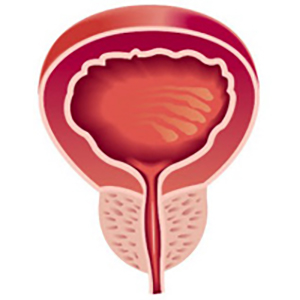Evaluation of bipolar Transurethral Enucleation and Resection of the Prostate in terms of efficiency and patient satisfaction compared to retropubic open prostatectomy in prostates larger than 80 cc. A prospective randomized study

Accepted: August 31, 2023
All claims expressed in this article are solely those of the authors and do not necessarily represent those of their affiliated organizations, or those of the publisher, the editors and the reviewers. Any product that may be evaluated in this article or claim that may be made by its manufacturer is not guaranteed or endorsed by the publisher.
Authors
Objectives: To compare the outcomes of bipolar Transurethral Enucleation Resection of the Prostate (TUERP) and simple retropubic prostatectomy in patients with prostate volumes larger than 80 cc. Patients and methods: A prospective randomized study included all patients amenable to surgeries for benign prostate hyperplasia (BPH) with prostate size over 80 cc at a tertiary care hospital between January 2020 to February 2022. Bipolar TUERP and Retropubic open prostatectomy techniques were compared regarding patients' demographics, intraoperative parameters, outcomes, and peri-operative complications. Results: Ninety patients were included in our study and randomly assigned to bipolar TUERP (Group 1 = 45 patients) and retropubic open prostatectomy (Group 2 = 45 patients). The TUERP group demonstrated significantly lower operative time (77 ± 11 minutes vs. 99 ± 14 minutes, p < 0.001), hemoglobin drop (median = 1.1 vs. 2.5, p < 0.001), and resected tissue weight (71 ± 6.6 cc vs. 84.5 ± 10.6 cc, p < 0.001). Postoperatively, the TUERP group demonstrated significantly lower catheter time (median = 2 vs. 7 days, p < 0.001) and less hospital stay. IPSS, Qmax, and patient satisfaction were better in the TUERP group within six months of surgery. We reported 90-day complications after TUERP in 13.3% of patients compared to 17.8% after retropubic prostatectomy, with a statistically insignificant difference. Urethral stricture predominated after TUERP, while blood transfusion dominated in retropubic prostatectomy. Conclusions: The present study found that TUERP had equivalent efficacy and safety to open retropubic prostatectomy for patients with BPH and prostate volumes > 80 ml.
How to Cite

This work is licensed under a Creative Commons Attribution-NonCommercial 4.0 International License.
PAGEPress has chosen to apply the Creative Commons Attribution NonCommercial 4.0 International License (CC BY-NC 4.0) to all manuscripts to be published.

 https://doi.org/10.4081/aiua.2023.11629
https://doi.org/10.4081/aiua.2023.11629



